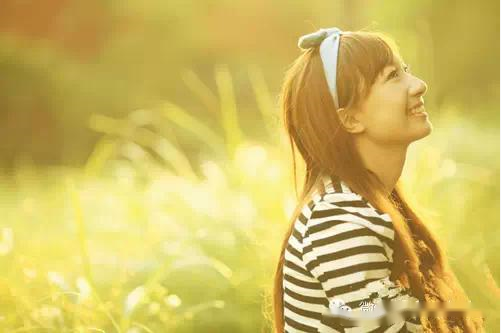Table of Contents
The Use of Lighting in Digital Photography
Light is the most important component of photography, and the processing of light is often more important and more difficult than other elements. Light is not only the key factor to make the target image on the CCD of the camera, a good photographer can also express different moods by using light of different properties.
There are three elements to any kind of light, namely intensity, direction and hue.
Light Intensity
Intensity describes the intensity of light, and the light emitted by various light sources has a certain intensity.
Glare is usually caused by direct light from a strong light source. Of course, the weak light source can also form a strong beam by concentrating. Strong and direct light will cause obvious shadows and clearly show the outline of the object, so it is often used to outline the outline of the object. Bright light can also increase the contrast of light and dark on the subject, to emphasize the texture of the surface of the object, the contrast between different colors or tones. The weak and scattered light can reduce the contrast between light and dark of the subject, making the surface of the object look smooth and detailed.
For photography lighting, strong light sources are often used as the main light, which is the main source of shooting lighting. The weak light source should be used as an auxiliary light, which can reduce the strong shadow caused by the main light without casting excess shadow.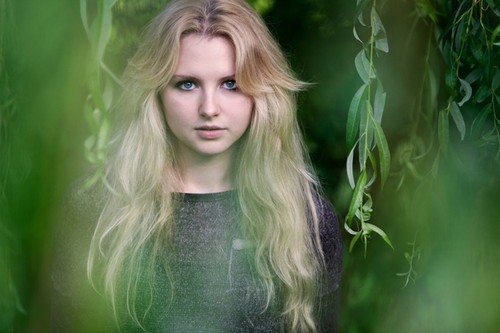
However, if the light is too strong, you will not get a good effect, because the shadow formed under the strong light will be too exaggerated, and the light and shadow effect will be unnatural. When shooting, if the light is too strong, you can reduce the intensity of the light by installing a diffuser screen or a reflector.
Compared with strong light, the light and shadow effect of astigmatism is softer and more natural. It can make the light-receiving surface of the main body uniform and the contrast is moderate. It is an ideal light source because it is limited by the directionality of the light source. In the filming of feature films, astigmatism is used the most.
Illumination
Illuminance (lux), represents the luminous flux received per unit area on the surface of the subject. 1 lux is equivalent to 1 lumens per square meter, that is, the luminous flux irradiated vertically by a light source with a distance of one meter and a luminous intensity of 1 candle per square meter of the subject. Illuminance is an important indicator to measure the shooting environment.
When the sun is the strongest at noon in summer, the outdoor illumination can reach more than 100,000 lux, and it is easy to form obvious shadows. This is not necessarily an ideal shooting environment. Most of the indoor illumination is below 300 lux, and general cameras can take pictures under this illumination.
However, the lower the light level, the more likely it is to produce gray or grainy images. So it’s best to increase the lighting. The ideal shooting conditions are around 10,000 1ux. And it is easy to get clear and bright images when shooting in such an environment.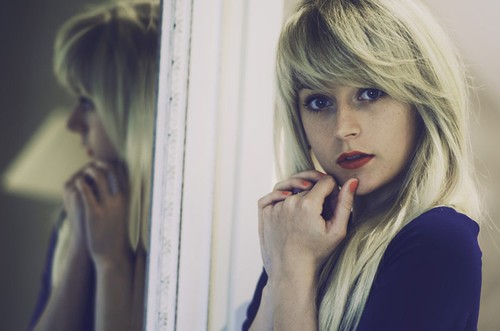
Illuminance is not only related to the luminous intensity of the light source. But also to the distance from the light source to the subject. In general, when the distance between the subject and the light source is constant, the illuminance of the subject is proportional to the luminous intensity of the light source.
Conversely, when the luminous intensity of the light source does not change, but the distance from the subject changes, the illuminance on the subject is roughly inversely proportional to the square of the distance. When a light source illuminates the front and rear two subjects, the closer the light source is, the greater the difference in illuminance obtained by the two subjects. The farther away the light source is, the closer the two subjects receive the illumination.
Direction of Light
All light is directional, a concept that is easy to understand. According to the relative position of the light source, the subject and the horizontal direction of the camera, light can be divided into three basic types: front light, back light and side light. According to the relative position of the three in the longitudinal direction, it can be divided into four types of light: top light, overhead light, flat light and ascending light.
1. Forward light
The camera and the light source are in the same direction, facing the subject. So that the side facing the camera lens can easily get enough light, which can make the subject clearer. According to the different angles of the light, forward light can be divided into two types: positive light and side light.
Positive light is the light that hits the subject directly in the direction of the camera lens. If the light source is at the same height as the camera, all parts facing the camera lens will receive the light so that there is no shadow at all.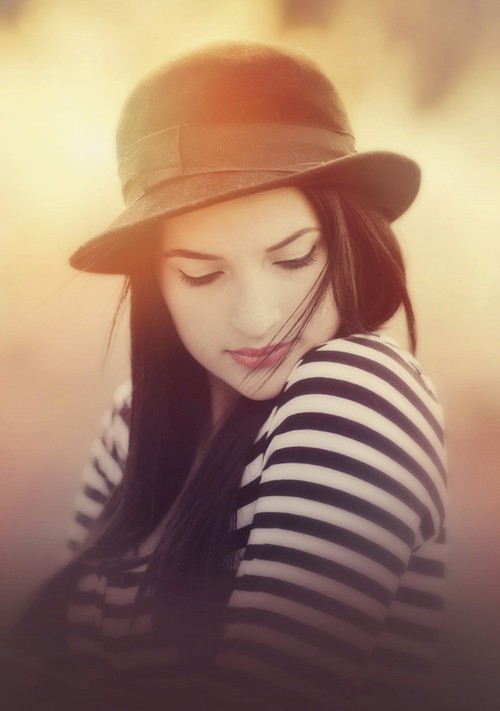
In images shot with such light, the contrast of the subject will be reduced. And the three-dimensional effect will be lacking like a plan view. Shooting under such light, the effect is often unsatisfactory, and the subject will lose the original light and shade level.
The side light is the light from the left or right side of the camera to the subject. When shooting, the side light is the ideal light for shooting with a single light source. In most cases, we generally use 25°~45° side light for lighting. That is, the angle formed by the connection between the camera and the subject and the connection between the light source and the subject is 25°~45°. At this time, the subject facing the camera is partially illuminated, and a partial projection occurs. This can better represent the facial expressions and skin texture of the characters. It not only ensures the brightness of the subject, but also makes the contrast of light and dark properly, and has a three-dimensional sense.
2. Backlight
Backlighting is light produced by a light source from behind the subject. In the image shot under the backlight, the subject is easy to form a silhouette. The subject is bright, and the outline of the subject is particularly prominent.
Backlight photography has always been a major taboo in photography. Shooting against the light tends to make the faces of people too dark, or the shadows cannot be seen clearly. Improper use will also result in incorrect subject color, underexposure and other phenomena. If you are not shooting an alternative film, then try to avoid shooting in backlight. If you have to shoot under such conditions, you should use a reflector to increase the auxiliary light.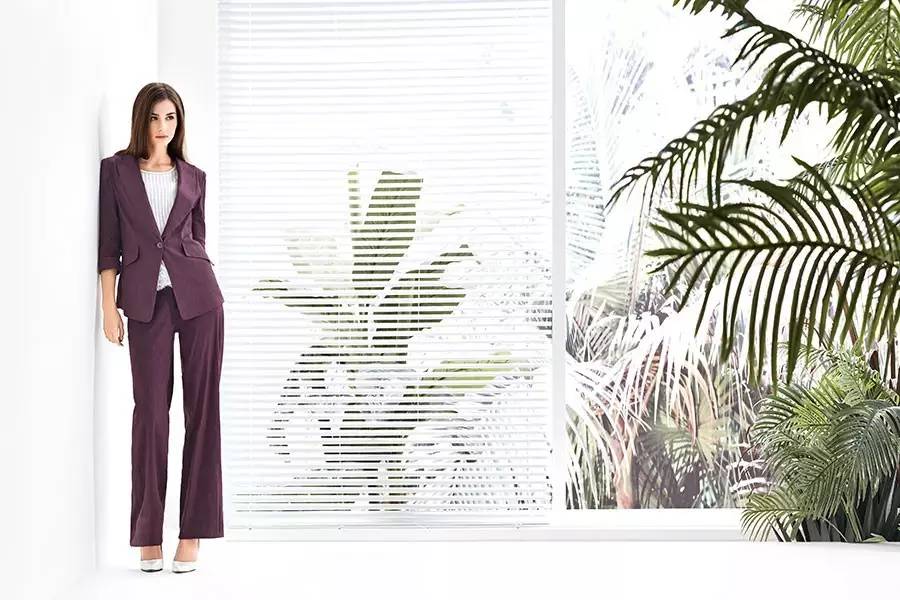
3. Side light
The light source of the side light is the light that irradiates the subject from the side on the direct side formed by the camera and the subject. At this time, half of the front of the subject is illuminated by light. The shadow is slender, the projection is obvious, and the three-dimensional sense is very strong. That is very expressive for the majestic and tall buildings. However, due to the strong contrast between light and dark, it is not suitable for expressing the delicate texture of the subject.
4. Top light, overhead light, flat light and elevation light
Top light is usually to outline the upper part of the person or object, isolated from the background. However, the light shining on the top of the subject from above will make the scene flat, lacking in layers. And the color reproduction effect is also poor. This light is rarely used.
The overhead light is the most used of these four kinds of light. When dealing with the main light in general photography, the light source is usually arranged at a position slightly higher than the subject and at an angle of 30°~45° to the ground. This kind of light can not only make the front of the subject get enough light. But also have a three-dimensional sense, and the shadows formed will not be too obvious. The effect will be better if you use the side-smoothing position.
The flat light is the same as the straight light, which is not very ideal light. Even in the position of the side light, the shadow formed is a bit rigid, not as natural as the overhead light. Upshot light is also a rare lighting method. Putting a light source under the subject and shining upwards creates a spooky effect.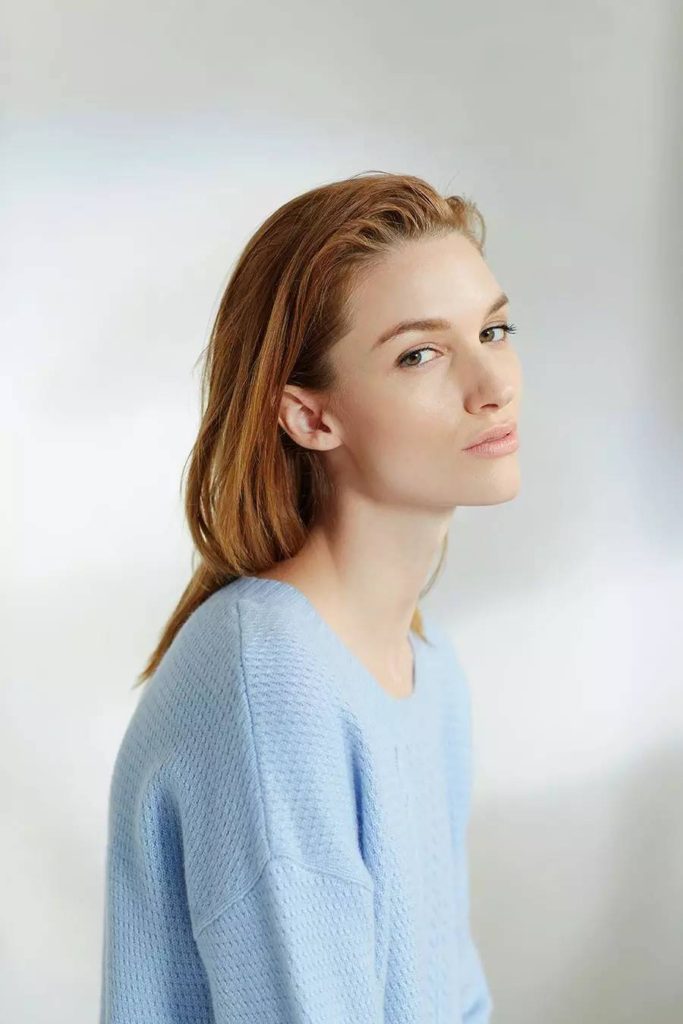
Light Shades
Like all things, light also has color, and different lights have different hues. Usually we use color temperature to describe the hue of light. The higher the color temperature, the more components of blue light. The lower the color temperature, the more orange-yellow components. Under the illumination of light with different color temperatures, the color of the subject will change. In this regard, white objects are most noticeable: under a 60W bulb, white objects will appear with an orange tinge. But under a blue sky, they will have a bluish tinge. The camera restores the original color of the subject by adjusting the white balance.
